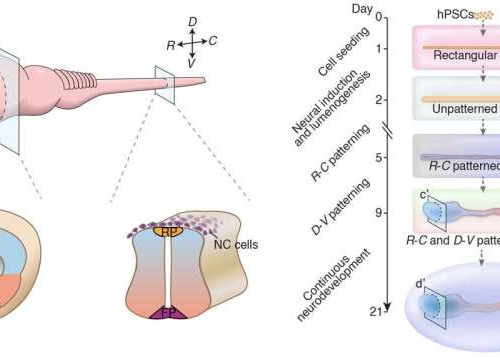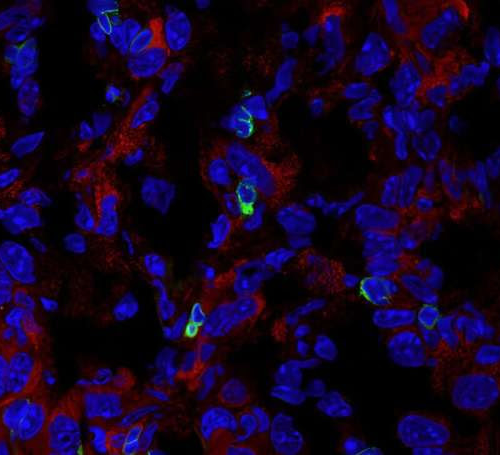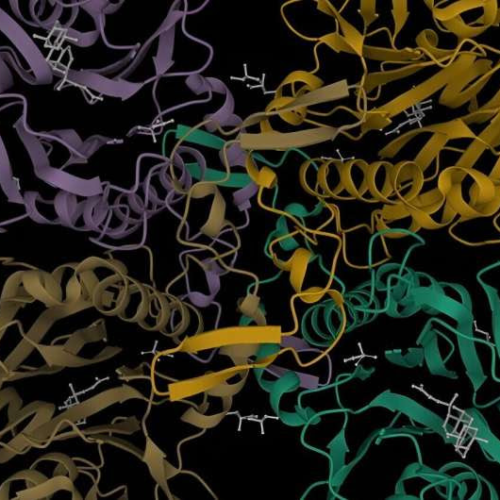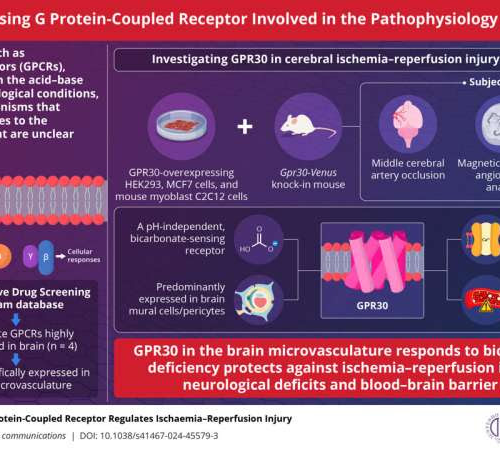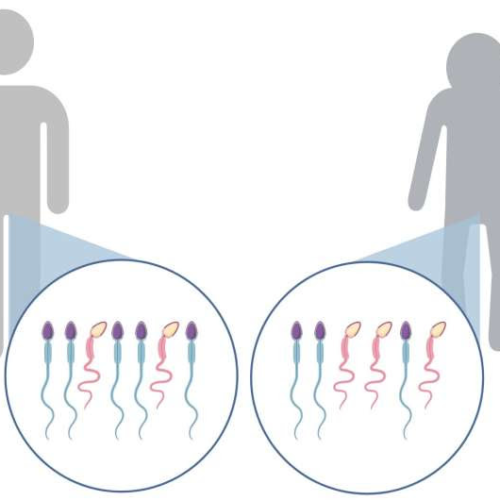by Kate McAlpine, University of Michigan A set of diagrams shows aspects of the very early human central nervous system that the model was able to simulate. As sketched on the left, it traced out the general shape of the system, but it was also faithful to major aspects of the system’s internal structures shown in...
New discovery could lead to better treatment for severe psoriatic arthritis
by Karolinska Institutet Credit: EMBO Molecular Medicine (2024). DOI: 10.1038/s44321-024-00035-zResearchers at Karolinska Institutet have discovered a link between a rare and severe form of psoriatic arthritis and an enzyme that produces oxygen radicals. The study, published in the journal EMBO Molecular Medicine, reveals new ways to slow down or stop the disease progression. Psoriatic arthritis mutilans...
Research suggests natural compound could be promising new alternative treatment for colon cancer
by University of Portsmouth Schisandrin B inhibits the proliferation of human colon cancer cells. Credit: ACS Pharmacology & Translational Science (2024). DOI: 10.1021/acsptsci.4c00009A new study has discovered a naturally occurring compound found in fruit has the potential to be an effective alternative treatment for colon cancer. The disease, which affects the large intestine, remains a significant...
Normal-appearing tissue offers insights into lesion formation in multiple sclerosis
by Netherlands Institute for Neuroscience Microglia nodules in MS are more frequent than in stroke but are similar in size. IHC stainings with HLA and PLP shown in brown. Quantifications performed on n = 8 MS and n = 8 stroke donors. a PLP and HLA staining of (NA)WM matter in MS and in stroke shows no sign of demyelination...
Enzyme checkpoint identified in tumor-associated macrophages
by University of Vienna Immunofluorescence image of the expression of PHGDH (red) and CD3 T cells (green) in cryosectioned AE17 mesothelioma. Credit: Zhengnan CaiA study by a scientific team from the University of Vienna and the MedUni Vienna, recently published in Cellular & Molecular Immunology, shows that the enzyme phosphoglycerate dehydrogenase (PHGDH) acts as a metabolic...
Bile acid breakthrough: Researchers team up for microbiome discoveries
by Michigan State University A 3D rendering of the enzyme bile salt hydrolase, or BSH. In a testament to land-grant collaboration, researchers at Michigan State University and Pennsylvania State University teamed up to reveal the different critical roles BSH plays in our microbiome, leading to two papers published simultaneously in Nature. Credit: M. Rossocha et al...
Innovative therapies for ischemic stroke: Novel bicarbonate-sensing G protein-coupled receptor shows promise
by Juntendo University Research Promotion Center GPR30 in brain microvasculature responds to bicarbonate, and its deficiency protects against ischemia-reperfusion injury, reducing neurological deficits and blood-brain barrier disruption. These findings offer insights into developing innovative clinical approaches for ischemic stroke. Credit: Dr. Airi Jo-Watanabe of Juntendo University Graduate School of MedicineCells actively rely on maintaining an...
SGLT2 Inhibitors: Cause of False-Positive Test Results?
Nancy A. Melville A case of false-positive alcohol toxicology tests believed to be linked to treatment with sodium-glucose cotransporter 2 (SGLT2) inhibitors raises concern that the widely used diabetes drugs could feasibly be a cause of innumerable false-positive test results — with a lack of proper refrigeration of the samples being a key culprit. The...
Study shows seladelpar beneficial for patients with primary biliary cholangitis
For patients with primary biliary cholangitis, more receiving the peroxisome proliferator-activated receptor delta (PPARδ) agonist seladelpar have a biochemical response and alkaline phosphatase normalization, according to a study published online Feb. 21 in the New England Journal of Medicine. Gideon M. Hirschfield, Ph.D., from the University Health Network in Toronto, and colleagues conducted a phase...
Researchers uncover new clues about links between parent age and congenital disorders
by Oxford University Press Fathers. Credit: Irene Tiemann-Boege / Genome Biology and EvolutionA new paper in Genome Biology and Evolution finds that the link between paternal age and rare congenital disorders is more complex than scientists had previously thought. While researchers have long realized that older fathers are more likely to have children with bone and...

